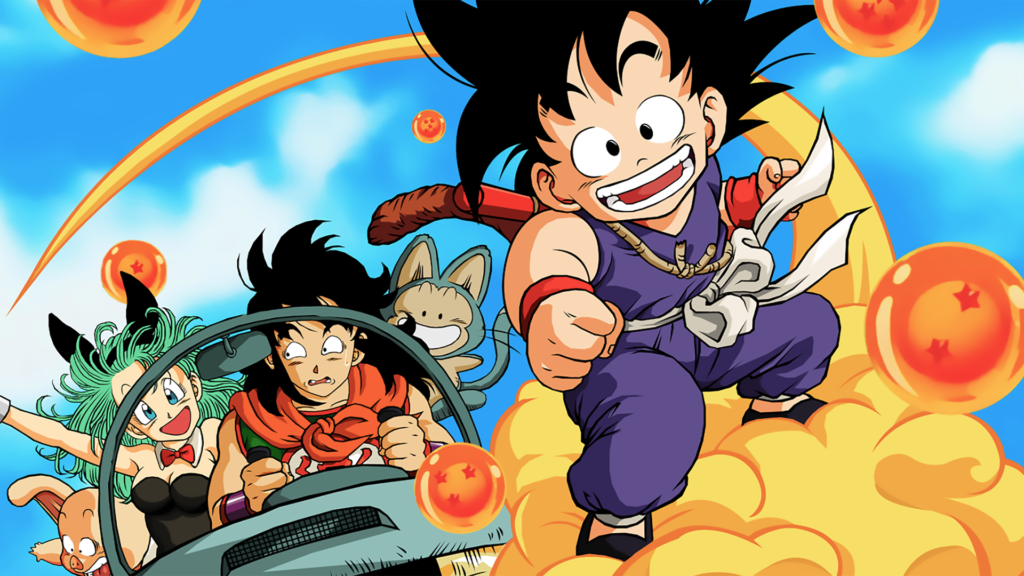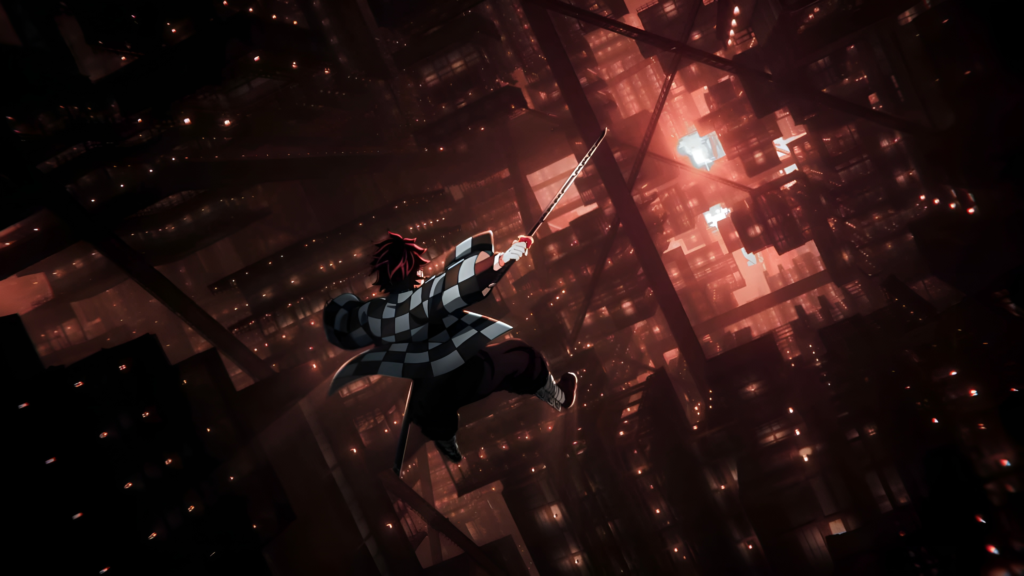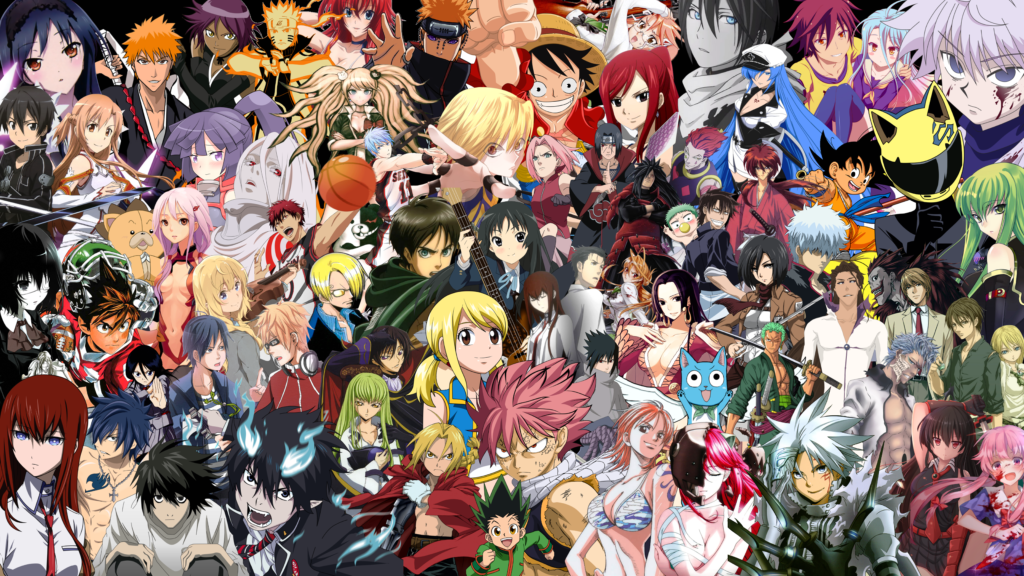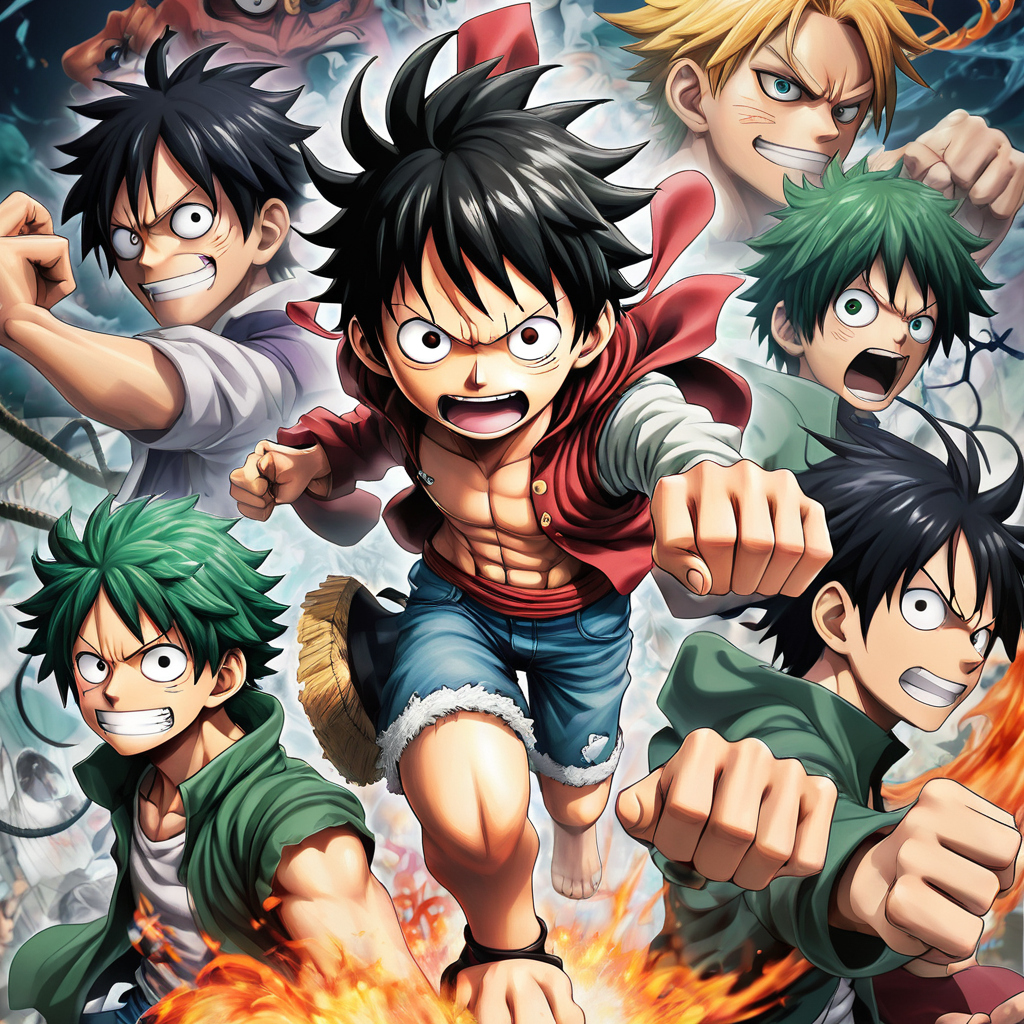Table of Contents
ToggleIntroduction
Shounen anime, a genre traditionally aimed at young male viewers, has experienced an incredible evolution since its inception. What started with simple, battle-centric stories has grown into a genre that offers complex narratives, stunning visuals, and global appeal. This blog explores the remarkable journey of shounen anime, examining how it has transformed from classic series to a genre that captivates audiences around the world. We will delve into its origins, the evolution of its themes, advancements in animation, and its impact on global culture.
The Origins of Shounen Anime

The roots of shounen anime can be traced back to pioneering works that set the stage for the genre’s development. Early series like Astro Boy (1963) and Dragon Ball (1986) were groundbreaking in their storytelling and visual style. Astro Boy, created by Osamu Tezuka, is often credited with laying the groundwork for modern anime with its innovative animation techniques and engaging stories. It featured a young robot hero navigating a futuristic world, embodying many of the traits that would become staples of the genre.
Dragon Ball, created by Akira Toriyama, further cemented the foundation of shounen anime with its epic battles, colorful characters, and adventurous spirit. The series introduced viewers to Goku, a young warrior on a quest to become the strongest fighter in the world. Its blend of martial arts, fantasy elements, and humor captured the imagination of audiences and set a high bar for future shounen series.
The Expansion of Themes and Narratives

As shounen anime evolved, so did its themes and storylines. The genre began to explore more complex narratives and character development. Series such as Naruto (2002) and Bleach (2004) marked a significant shift from the simplistic plots of earlier works. Naruto, created by Masashi Kishimoto, follows Naruto Uzumaki, a young ninja with dreams of becoming the strongest ninja and leader of his village. The series delves into themes of perseverance, loneliness, and the importance of bonds, offering a more nuanced approach to storytelling.
Similarly, Bleach, created by Tite Kubo, introduced viewers to Ichigo Kurosaki, a teenager with the ability to see ghosts and fight evil spirits. The series combines supernatural elements with action and explores themes of duty, identity, and the consequences of power. These series expanded the scope of shounen anime, incorporating deeper emotional and philosophical elements into their narratives.
The evolution continued with shows like One Piece (1999) and Fullmetal Alchemist (2003). One Piece, created by Eiichiro Oda, follows Monkey D. Luffy and his crew of pirates on a quest for the ultimate treasure. The series is known for its expansive world-building, intricate plotlines, and diverse characters. Fullmetal Alchemist, created by Hiromu Arakawa, combines fantasy with science fiction and explores themes of sacrifice, morality, and the consequences of human ambition.
Advancements in Animation Quality

The evolution of shounen anime is also closely tied to advancements in animation technology. Early series were constrained by the limitations of their time, featuring less fluid motion and simpler visuals. However, as technology improved, so did the quality of animation in shounen anime.
One of the most notable examples of this advancement is Demon Slayer: Kimetsu no Yaiba (2019). Created by Koyoharu Gotouge, the series is renowned for its breathtaking animation and dynamic fight scenes. The use of advanced CGI and high-definition animation techniques has set new standards for the industry. The series’ visual style, combined with its compelling story, has garnered widespread acclaim and has contributed to its global success.
Another example is Mob Psycho 100 (2016), created by ONE. The series features a unique visual style that blends traditional animation with experimental techniques. The result is a visually striking show that enhances the storytelling experience. The advancements in animation technology have allowed for more expressive characters, vibrant colors, and fluid action sequences, all of which contribute to the overall impact of the series.
- According to Anime News Network, the animation quality of Demon Slayer has been praised for its groundbreaking visuals and impact on the industry.
Shounen Anime’s Global Impact

One of the most significant developments in shounen anime is its rise as a global phenomenon. What was once a niche interest outside Japan has become a mainstream entertainment category enjoyed by millions worldwide. Platforms like Crunchyroll, Funimation, and Netflix have played a crucial role in making shounen anime accessible to international audiences.
The genre’s universal themes of resilience, heroism, and personal growth resonate with viewers from various cultural backgrounds. This broad appeal has led to increased visibility and popularity, influencing global pop culture in multiple ways. Shounen anime has inspired everything from merchandise and video games to fan conventions and cosplay.
The global impact of shounen anime is also reflected in its influence on other media. Many Western animated series and comics have drawn inspiration from shounen anime, incorporating elements such as epic battles, character development, and serialized storytelling. The genre’s success has helped bridge cultural gaps and foster a greater appreciation for Japanese animation worldwide.
- The rise of shounen anime globally has been documented by Variety, highlighting its influence on international media and entertainment.
The Future of Shounen Anime
Looking ahead, shounen anime is poised to continue its evolution and maintain its relevance in the ever-changing landscape of entertainment. As new technologies emerge and storytelling techniques advance, the genre will likely explore even more diverse themes and innovative formats.
The continued expansion of streaming platforms and digital media will also play a crucial role in shaping the future of shounen anime. These platforms provide creators with new opportunities to reach global audiences and experiment with different narrative styles and animation techniques.
Furthermore, the growing popularity of shounen anime will likely inspire future generations of creators and fans. As the genre continues to evolve, it will undoubtedly introduce fresh perspectives and ideas that will shape the future of anime and its place in global culture.
Conclusion

The incredible evolution of shounen anime reflects the genre’s ability to adapt and innovate while retaining its core appeal. From the classic battles of Dragon Ball to the complex narratives of Attack on Titan, shounen anime has proven its staying power and continues to captivate audiences worldwide. As the genre evolves and expands, it will undoubtedly inspire and entertain new generations of fans for years to come.
For more insights on the latest trends in anime, visit Anime.DotBuzzInfo





Pingback: 10 Best Anime Soundtracks Of All Time: A Symphony Of Emotions
Pingback: Solo Leveling Season 2: Stunning Animation & What To Expect
Pingback: Tech Trends 2025: Top 10 Innovations Shaping the Future - Tech DotBuzzInfo